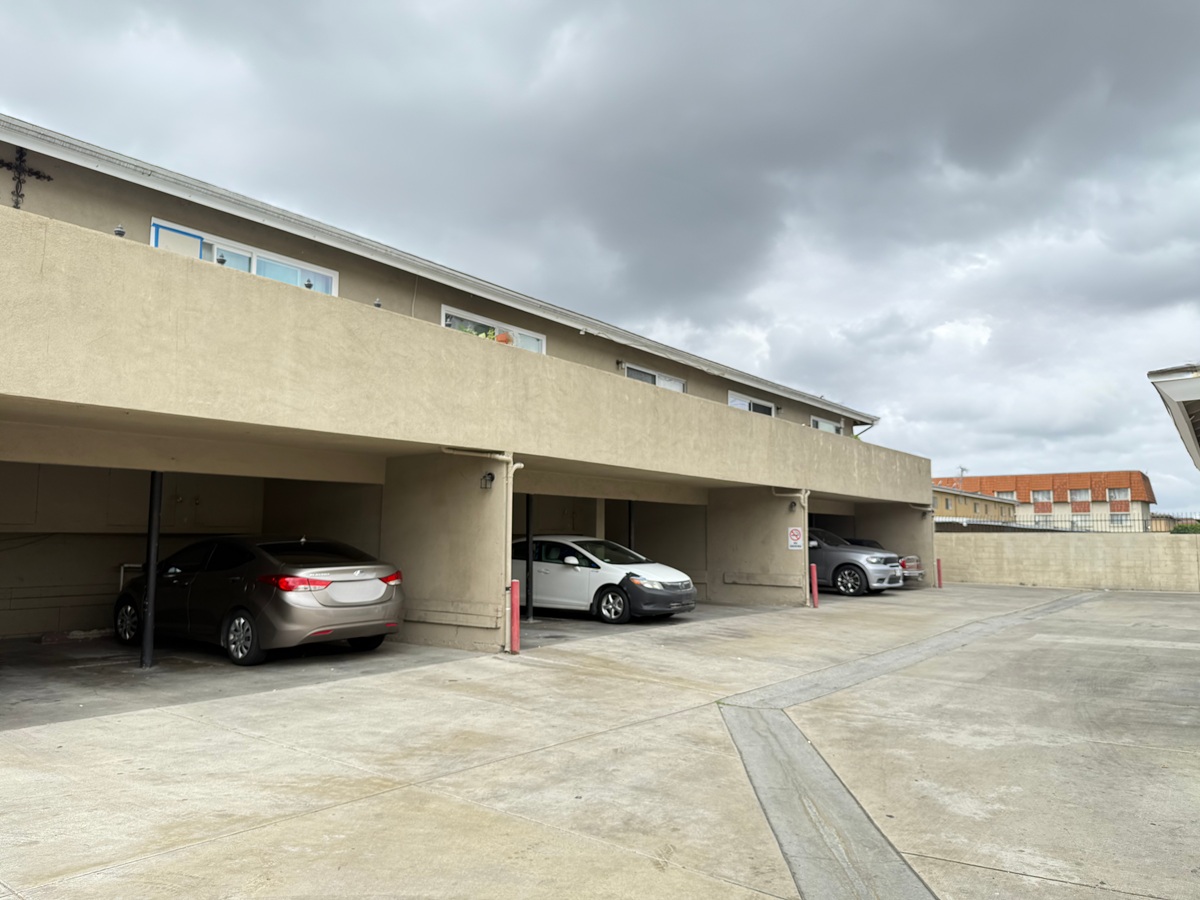Anyone who has lived through a major earthquake knows the event is unforgettable.
“The sound of the rumbling of the 1994 Northridge Earthquake was something I never experienced before,” Assemblyman Adrin Nazarian said recently, recalling his time in college just before transferring from Cal State Northridge to UCLA. “It was a very scary, scary feeling.”
Speaking on a recent episode of The Resilience Advantage webinar series, the San Fernando Valley assembly member said the experience has stuck with him – fueling his ongoing advocacy to make vulnerable communities throughout California safer from earthquakes.
“When you see how vulnerable we are to Mother Nature, the only thing we can do is prepare ourselves for the inevitable,” Nazarian said. “Make sure our buildings stand strong, that residents are educated about the steps they can do to protect themselves and put an early warning alert system in place to give people those precious seconds they need to take protective action before the shaking starts.”
Easing the burden on property owners
In regions of high seismic risk like California, studies predict deaths in the thousands, injuries in the tens of thousands, and hundreds of billions of dollars in direct economic losses, along with long-term, destabilizing impacts to communities, according to a National Institute of Standards and Technology report this year with the Federal Emergency Management Agency.[i]
In simple terms, the effects of a major earthquake impact whole societies. As such, the state has a responsibility to help property owners by establishing incentives to help make their buildings safer – thereby making earthquake improvements less costly for owners and tenants.
Famed seismologist Dr. Lucy Jones recently published an opinion piece in the Los Angeles Times, criticizing the attitude that the financial risk of earthquakes is considered a matter of personal choice.
Building codes are designed only to the point of protecting life, but not property.
“After a quake, the building that didn’t crush you may nonetheless be a total loss, built to the bare minimum of the codes to save every possible penny in construction,” she wrote, adding that as many as 10% of L.A. high-rises will have to be torn down after a major earthquake.
“Our physical lives will have been spared, but our economic lives could well be in tatters.”
Nazarian, representing much of the San Fernando Valley, believes it is important to ensure that people still have homes and places of business to go to work to after the quake.
Supported by key organizations such as the Structural Engineers Association of Southern California, he has worked to set higher standards of earthquake recovery for California’s vulnerable communities.
Nazarian is among a number of elected officials, resilience experts and building professionals who have called on state and local governments to establish incentives to help property owners do the work that needs to be done on their buildings.
“We, as a state, need to be leaders on this issue because we know that we have the most frequent and high-level seismic activity compared to any other state,” Nazarian said, citing tax credits, low interest loans and expedited permits – without the mandate for cities to lose important revenue – as possible considerations.
“You need to provide major incentives to allow building owners to want to go ahead and make the investment, and not pass it down to the residents,” he said.
Nazarian’s comments can be viewed in Episode 9 of The Resilience Advantage archives at https://www.optimumseismic.com/the-resilience-advantage.
[i] FEMA, NIST, https://www.nist.gov/news-events/news/2021/01/new-report-charts-path-toward-superior-earthquake-recovery







